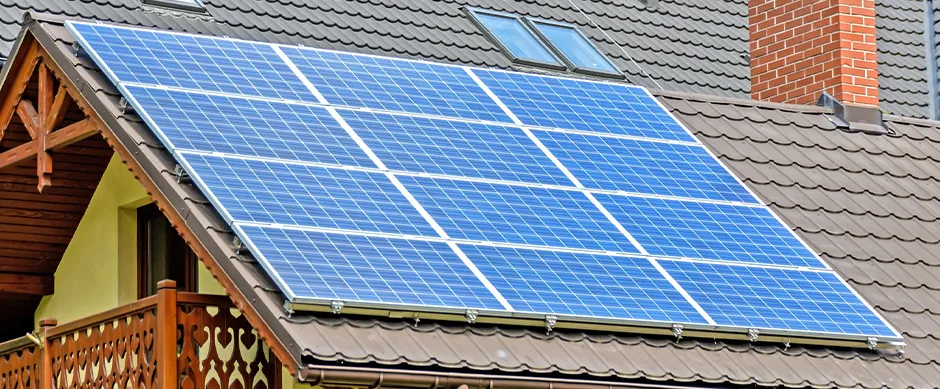Comparing Solar Strings and Micro Inverters for Optimal Energy Efficiency and Performance
Solar String Inverters vs. Microinverters An In-Depth Comparison
In recent years, solar energy has emerged as a vital player in the quest for sustainable energy solutions. As residential and commercial solar installations grow in popularity, understanding the nuances of different inverter technologies becomes crucial for optimization and efficiency. Two prevalent inverter types used in solar systems are string inverters and microinverters. This article explores their differences, advantages, and ideal applications.
What are String Inverters?
String inverters are a type of centralized inverter that connects multiple solar panels in series (or a string). The DC electricity generated by the panels is sent to the string inverter, which converts it into AC electricity for use in homes or businesses. String inverters are well-known for their simplicity and cost-effectiveness. They typically require less equipment and installation time, making them a popular choice for many rooftop solar systems.
However, string inverters do have their challenges. Since the panels are connected in series, the overall performance of the string is determined by the weakest panel. If one panel is shaded, dirty, or malfunctioning, it can reduce the output of the entire string significantly. This phenomenon is referred to as the “shade effect,” which can be problematic in certain environments.
What are Microinverters?
Microinverters, on the other hand, are installed on each individual solar panel. This means that each panel operates independently, converting DC to AC electricity right on the module itself. One of the significant advantages of microinverters is that they maximize energy harvest by mitigating the shade effect. If one panel is underperforming, it does not directly impact the others, allowing for better overall system performance.
Microinverters also provide more granular data monitoring, as each panel can be tracked individually. This feature is especially beneficial for maintenance purposes and for homeowners who want to optimize their energy production. However, microinverters tend to be more expensive upfront and can complicate the installation process due to the increased number of devices.
solar string vs micro inverter

Comparing Advantages and Disadvantages
When choosing between string inverters and microinverters, pros and cons arise for both options.
Advantages of String Inverters 1. Cost-Effective Lower initial investment compared to microinverters, making them attractive for budget-conscious consumers. 2. Simpler Installation Fewer components lead to easier and quicker installation procedures.
Disadvantages of String Inverters 1. Performance Vulnerability Performance is limited by the weakest panel in the string. 2. Limited Monitoring Difficulty in providing detailed data for individual panels can complicate diagnostics.
Advantages of Microinverters 1. Enhanced Performance Each panel operates independently, potentially increasing overall energy capture. 2. Detailed Monitoring Provides insights into the performance of each panel, enabling easy maintenance.
Disadvantages of Microinverters 1. Higher Cost More expensive installation and equipment costs can deter some consumers. 2. Complex Installation Increased number of components might require specialized installation skills.
Conclusion
Ultimately, the choice between solar string inverters and microinverters depends on various factors, including budget, installation complexity, roof orientation, and shading issues. While string inverters offer a straightforward and cost-effective solution, microinverters provide superior efficiency and monitoring capability. As solar technology continues to evolve, understanding these differences can empower consumers to make informed decisions, maximizing the benefits of their solar power systems. The right choice not only ensures effective energy production but also contributes to a more sustainable future.
-
String Solar Inverter: The High-Efficiency Solution for Smart Solar EnergyNewsJul.14,2025
-
Revolutionizing Rooftop Energy with the Power of the Micro Solar InverterNewsJul.14,2025
-
Power Independence with Smart Off Grid Solar Inverter SolutionsNewsJul.14,2025
-
On Grid Solar Inverter: Powering the Future with Smart Grid IntegrationNewsJul.14,2025
-
Monocrystalline Solar Panels: High-Efficiency Power for the Future of Clean EnergyNewsJul.14,2025
-
Bifacial Solar Panel: A Smarter Investment for Next-Generation Energy SystemsNewsJul.14,2025







